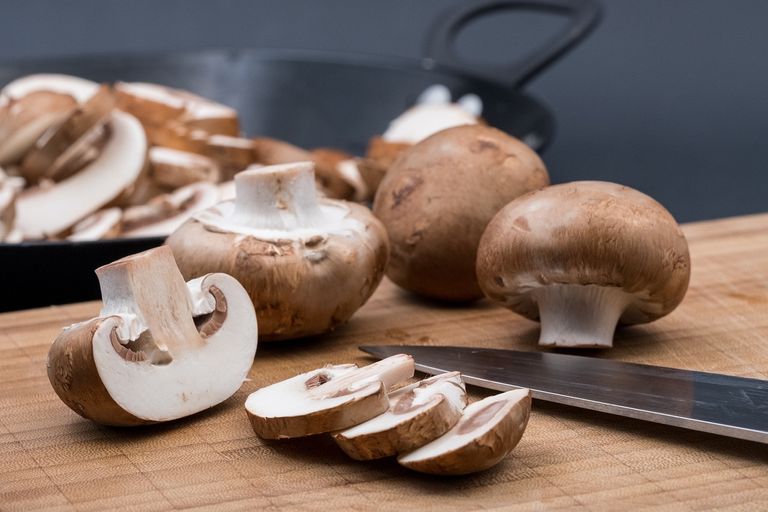
Image Credits: Bru-nO, at Pixabay
Here are a few facts about mushrooms and why it is a magic ingredient in our diet:
Mushrooms are often classified as a vegetable or a herb, but they are actually fungi.
While there are over 14,000 mushrooms, only about 3,000 are edible, about 700 have known medicinal properties, and fewer than one percent are recognized as poisonous.
People who collect mushrooms for consumption are known as mycophagists, and the act of collecting them for such is known as mushroom hunting or simply "mushrooming".
Only specimens that are freshly picked or properly preserved should be consumed and not too old. Once an edible mushroom loses its freshness, bacterial colonies will form and stomach upsets or worse symptoms can be expected if such specimens are ingested.
The most commonly consumed mushroom in the world is Agaricus bisporus or the white button mushroom. It has two other forms - Crimini or brown mushrooms with a more earthy flavor and firmer texture, and Portabella mushrooms with a large umbrella-shaped cap and meaty flavor.
The Egyptians considered mushrooms as a delicacy, and the Greeks believed that mushrooms provided strength for warriors in battle. The Romans regarded mushrooms as a gift from God and served them only on festive occasions, while the Chinese treasured them as a health food.
Mushrooms contain about 80 to 90 % water and are very low in calories (only 100 cal/oz). They have very little sodium and fat and 8 to 10 % of the dry weight is fiber.
Only about 45% of mushrooms produced are consumed in the fresh form. The rest of the 55% is processed with 5% in the dehydrated form and 50% in the canned mushrooms form.
This shelf life of mushrooms in the fresh form is very short. Hence mushrooms are traded in the world market mostly in the processed form.
Some mushrooms produce compounds that fight cancer. This was discovered when scientists in Japan found that a community had unusually low cancer rates.
Mushrooms can be used for dyeing wool and other natural fibers. The chromophores of mushrooms are organic compounds and produce strong and vivid colors, and all colors of the spectrum can be achieved with mushroom dyes.
Though mushrooms are thought to be short-lived, the fungus that forms the mushroom fruitbodies can itself be long-lived and massive.
Many species of mushrooms seemingly appear overnight, growing or expanding rapidly. This phenomenon is the source of several common expressions in the English language including "to mushroom" or "mushrooming" (expanding rapidly in size or scope) and "to pop up like a mushroom" (to appear unexpectedly and quickly).
Netherlands is the largest exporter of canned button mushrooms with a market share of about 38.5%. China is second with almost 30% of world trade. France is close third with 13.5% of the world exports.
As far as the import market goes, the most significant buyer of canned white button mushroom is Germany. It alone accounts for almost 40% of the world imports.
Apart from the above facts, mushrooms assists in immune function, they are high in vegetable proteins and also promotes good health and vitality.